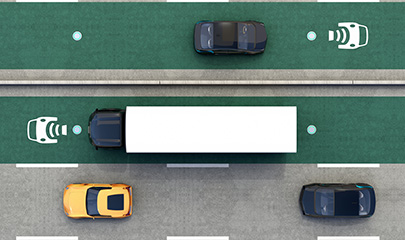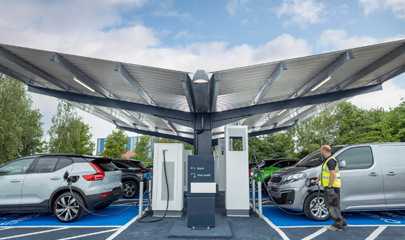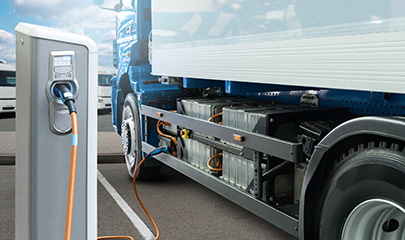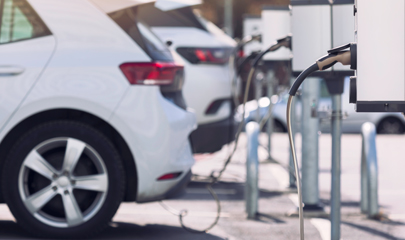Zero emission vehicles play a major role in how countries, states, and local governments plan to reduce greenhouse gas emissions, improve air quality, and reduce petroleum dependence. SANDAG is working to help the region transition to zero emission vehicles of all types, such as battery electric vehicles and hydrogen fuel cell vehicles. SANDAG is also working on projects involving zero emission vehicles of all sizes, including passenger or light-duty electric vehicles, medium-duty electric vehicles (e.g., school buses and box trucks), and heavy-duty vehicles (e.g., long-haul freight and semi-trucks).
Transportation electrification is a key strategy to enhance connectivity, increase safety and sustainability, and improve the quality of life in the region. The 2021 Regional Plan includes zero emission vehicles as a near- and long-term implementation actions and commits more than $2 billion dollars in investments for zero emission incentive programs and regional strategies. There is also significant investment in zero emission vehicles at the state and federal levels. For example, Governor Newsom issued Executive Order N-79-20 in September 2020 which set mandates for electric vehicle adoption by 2035 across the state. Federally, the Bipartisan infrastructure Law also known as the Infrastructure Investment and Jobs Act commits more than $160 billion dollars for zero emission initiatives across the nation.

























